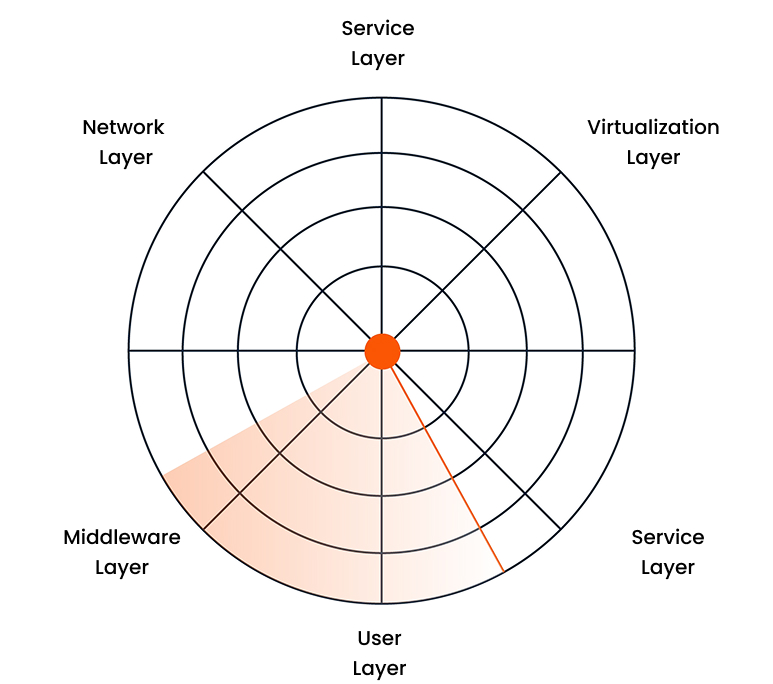ODYA Technology
Observability: The Competitive Edge in Incident Resolution
Ensuring transparency in a multi-layered environment and achieving rapid root cause analysis is only possible with a holistic infrastructure view. Observability not only alerts when events occur but also discovers and collects the necessary information for incident resolution, enabling quick identification of causes when problems arise. Being observable means understanding and measuring a system in a complex microservice architecture. It provides advanced root cause and anomaly detection by automatically correlating data.






